Table of Contents
People ask me all the time whether they can go bicycle touring on their cyclocross bike – after all they don’t look all that different to a touring-specific bike. But how well will a cyclocross bike travel compared to a long-distance touring bike? Let’s take a closer look.
There are three areas which I’ll examine that will determine how well a cyclocross bike will tour. The first is the frame geometry: this will compare the bikes handling and feel. I’ll then discuss frame construction and the details your frame may need for a bike trip. Then I’ll look at part specification choices and how they may affect your travel experience.
For an overview of all of the different types of touring bike, head to THIS resource.
Frame Geometry and Ride Characteristics
To learn about frame geometry in detail, head to Understanding Bicycle Frame Geometry.
Steering: In order to compare the steering characteristics between touring and cyclocross bikes we need to look at ‘fork trail’ – the product of the head tube angle and the fork rake. This measurement gives us an idea how the bike will steer; lower trail equates roughly to a faster steering response while higher trail tends to dull the steering. Touring bikes often vary in trail between 64-74mm with the tendency to be on the higher side, while cyclocross bikes often sit between 66-70mm with the tendency to be on the lower side. Given the fork trail overlap between between cyclocross and touring bikes, steering (on average) is largely similar.
Headtube Length: Cyclocross bikes often have 20-40mm shorter headtubes than touring bikes – this is due to cyclocross racing being a shorter and more aggressive event than going on a bicycle trip. If you would like a more upright handlebar, headtube and steerer length will be an important factor in your decision.
BB Drop: A cyclocross bike has a 5-15mm higher bottom bracket than a touring bike so that cx racers can pedal through corners. This results in a slightly higher centre of gravity, but the reality is a largely unnoticeable difference when travelling with panniers.
Chainstay: Cyclocross chainstays are 20-40mm shorter than on a touring bike. The main issue with short chainstays is shoe clearance to your rear panniers, especially if you wear size US10 shoes or larger. Keep in mind it’s possible to get your panniers to sit further back with well-designed racks (check out the Tubus Logo) and adjustable panniers (check out Ortlieb’s options).
Wheelbase: A cyclocross bikes wheelbase is shorter overall by about 40mm due to the reduced fork rake and chainstay length. The overall effect works out to be slightly less stability at high speeds.
Frame Construction
Frame Stiffness: Stiffness is particularly important if you’re wanting to use both front and rear panniers – less stiff frames can sometimes result in ‘shimmy’ aka speed wobble. Touring-specific frames use larger diameter and often thicker-wall tubing in order to keep the bike rigid with loads. This adds weight to the frame, but allows the bike to handle heavy front loads very well. Cyclocross frames are often optimised to be lighter in weight, which can result in less-than-adequate frame stiffness when using front and rear panniers.
Frame Eyelets: CX frames can sometimes offer one bidon mount, no rack mounts and no mudguard eyelets. Make sure the cross bike you’re looking at touring with has the eyelets you need for your adventures.
Fork Eyelets: CX forks don’t always have eyelets for a front rack and mudguards, especially if the fork is made out of carbon. If you’re planning on using panniers and mudguards, check for fork eyelets!
Comfort: You will find very little difference in terms of frame comfort between a cyclocross and touring bike. Bike comfort is mostly a product of tyre width, seatpost flex and saddle choice. You can read more about comfort seatposts HERE and about the different frame materials and comfort HERE.
Parts Specification
Gear ratios: Perhaps the most limiting factor on a cyclocross bike is the narrow gear range. The range is fine with light loads or for touring in flatter locations, but can be problematic with heavy bags on steep roads.
Wheels: Cyclocross wheels are often just lightweight road wheels with low spoke counts and narrow rims. Bicycle touring demands heavy-duty wheels – especially if you’re carrying decent loads. If you’re planning on long distances and heavy loads, make sure the wheels are up to scratch.
Tyres: Cyclocross tyres are best suited for dirt, and won’t offer much in the way of puncture protection or speed on sealed surfaces. This is obviously quite a quick and easy swap-out.
STI shifters: Integrated brake/shift levers are great until something goes wrong – but take note, there’s actually a really low chance of this. That said, in order to maintain simplicity, you’ll find most touring bikes are specced with barend or MTB shifters.
Conclusions
If you’re carrying a light load across flatter terrain you will definitely benefit from travelling with a cyclocross bike. They are often 30% lighter in weight than a touring bike, and are better across multiple cycling disciplines: commuting, road riding and of course cyclocross racing. Cyclocross bikes are a true jack-of-all-trades machine.
You’re better off using a touring-specific bike if you are:
– Carrying front and rear panniers (stiffer frames)
– Looking for a very upright position (longer headtubes)
– Hauling a heavy load (stiffer frames)
– Concerned about part durability/reliability (simple shifters, bombproof wheels)
– Riding up steep hills (ultra wide gear range)
– Looking to carry lots of water (more bidon mounts)
– Have really large feet that could interfere with panniers (longer chainstays)
When it comes to frame geometry alone, cyclocross bikes will actually handle the demands of bicycle touring very well. With the occasional exception of chainstay length (for riders with large feet), the rest of the angles and measurements will likely go unnoticed. As I mentioned above, there are racks and panniers available that will clear your heels on cyclocross frames, even if you have boats for feet.
Frame construction is a more important factor, especially if you’re planning on using front and rear panniers. With more than 10kg up front, a stiff frame is essential; I’ve experienced speed wobbles on frames which are not built to handle loads. Again, check that there is provision for your racks and mudguards on cyclocross bikes – not all manufacturers offer them.
The biggest reason for choosing a touring-specific bike is for the part specification. You’ll get a much lower ‘granny gear’ for taking your equipment up steep hills, you’ll get heavy-duty wheels that will stay true and maintenance free, you’ll get kevlar-lined tyres with hardwearing rubber compounds, and you’ll get simple parts which are easy to adjust and fix, like barend shifters and cable disc brakes.



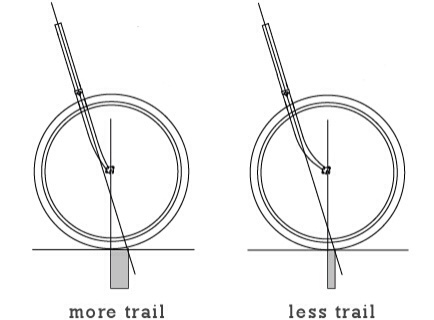
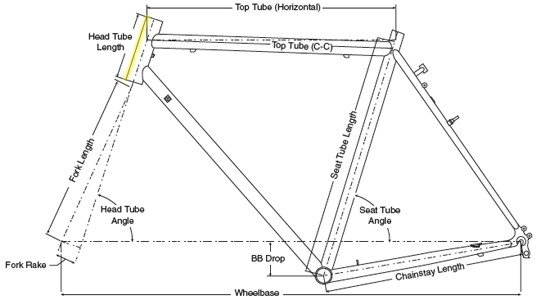
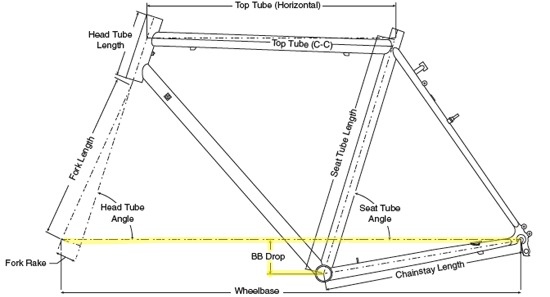
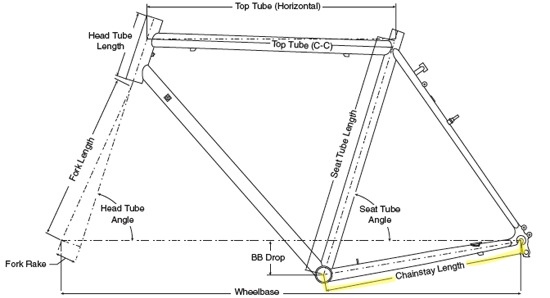
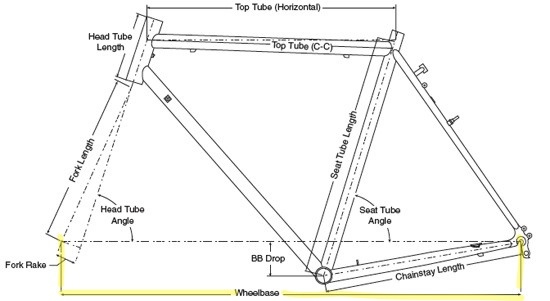
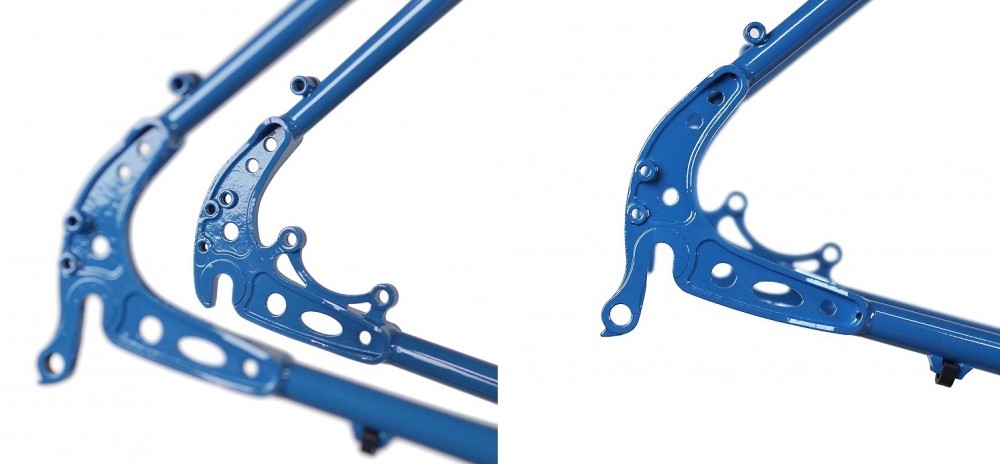
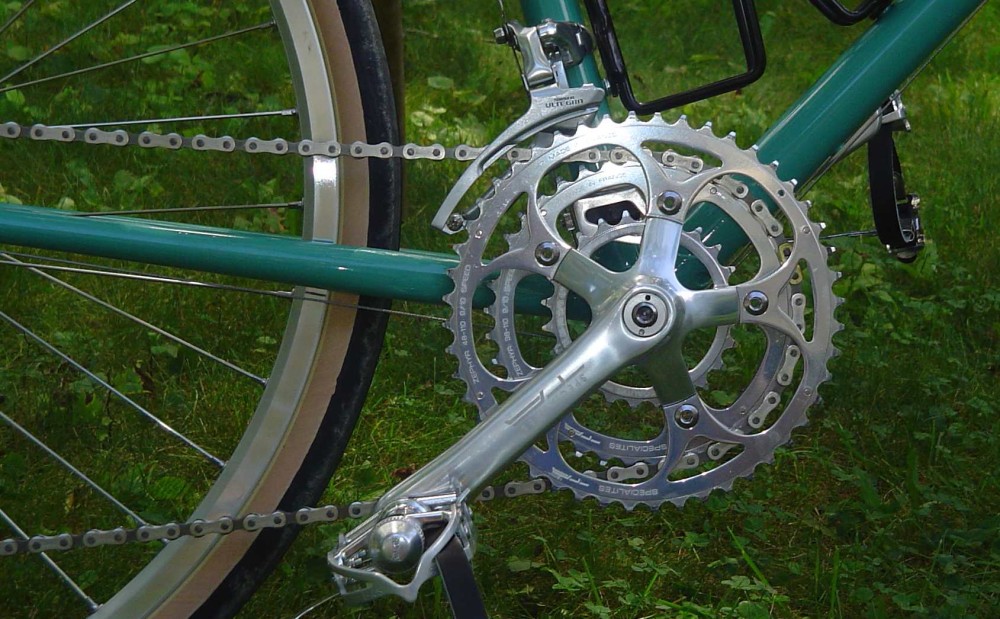
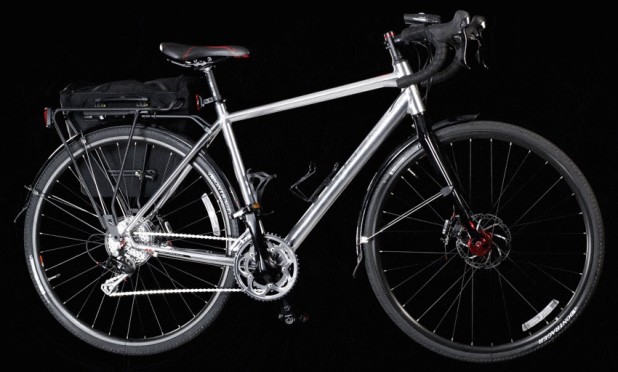
Great info! I’ve been looking at LHTs (fitting a 60cm) and similar bikes but am now considering cyclocross. Any recommendations if I want to find a cyclocross that will work better than others as a tourer? I’m 6’3 with a 35ish inch inseam looking for a great all arounder that I’ll take for 3 day lighter weight trips every now and again.
For ‘light touring’ I actually recommend looking into the Gravel Grinder / Adventure style of road bike. They will offer more suitable gear ratios across the board. Here are your options! https://www.cyclingabout.com/complete-list-of-all-road-gravel-grinder-adventure-road-bikes/
A very good article – thanks. Any comments about the Cannonade CAADX range with regards to dual use??
The CAADX is a great bike for touring. It comes with fender and rack eyelets, and with some very minor changes will be a really nice “light” touring bike.
Alee
Many thanks for your prompt response. I think that I will go ahead then to get one. What minor changes would you suggest? I guess road tyres would be one.
Thanks in anticipation.
Regards
Michael
I’d recommend changing the tyres to 38mm slicks and putting compact 50-34t front chainrings on. Alee
Looking for an everyday long-distance (42 km round-trip) variable-terrain commuter and bikepacking bike; just came across a Merida Cyclocross 500 with Shimano 105 and Spyre disc brakes for $1200 USD, or a Giant Revolt 3 (Claris group and Avid disc brakes) for $1130. Any thoughts on which way I should go? Or should I look even further/something cheaper?
I’m guessing the author doesn’t cyclocross race. Not for a long time has cyclocross bikes had high bottom brackets. Most sold today have a touring like lower BB to lower the racer’s center of gravity. It is true a few brands, such as the European Ridley, still design a high BB.
Also, Cyclocross bikes don’t have “narrow rims” — just the opposite, wide rims are craved (as they allow one to use lower tire pressures).
I built my cyclocross bike up with an XT 28/40 chainset. With an 11-28 cassette it gives 27.6 – 100 gear inches. An 11-32 would drop me to 24 gear inches for touring with bags. I really like the 40 up front for general road riding as I always preferred the 39 in a standard road chainset to the 34 in a compact. I just freewheel anything over 30 mph.
Sounds like you’ve got it sorted!
Peace to you Alee,
Would you please tell me what model and brand of mudguards/fenders are installed on silver bike in the last picture.
I’ve been looking for a mudguard that fits onto my carbon fork from the back (that’s where there are holes) just like the one in the picture above.
It would be such a great help.
May peace be with you.
They look like SKS P45 fenders (now SKS Bluemels 45) that have been modified to me. One of the front fender struts has been removed and the other strut would have been bent (at the mount) to fit that angle.
Thank you so much for the reply. I’m not sure why I haven’t received an email update, though.
I’ve opted for the SKS Bluemels Primus which come with an optional adaptor set -with shorter front u-stays – for mounting on CX/Mountain bikes. I’ve had to remove the fork-mounting bracket on the fender, cover the holes with electrical tape (and spray with waterproofing substance), and drill a new hole to suit the bolt position under the fork.
I’m just waiting for the adaptor to arrive, but so far it’s looking good!
Great post! I’ll stick with a cyclocross model as I want to carry little load anyway on a light and fast bike that can handle road and trail as well.
I am not looking to tour with a weighted bike, however I am looking to pull a significant amount of weight in a trailer and therefore am looking for the ultra-low gear of a touring bike. Since I am not touring for long durations, I am not sure that I require the more relaxed geometry of a touring bike though. Would swapping out the drive train on a cyclocross bike to provide the greater gear ranges be a good option?
Thank you for the very informative post! I have been looking at TREK CROSSRIP 3 105 CYCLOCROSS vs TREK 920 as my main touring bike and thought finally to get the former – hoping, eventually, for speed factor. Yet now, I guess, I will take one more closer look to see if this is the choice I want to make.
Appreciate if you have anything to say about TREK CROSSRIP 3 105 CYCLOCROSS – worth for touring?
Thanks again!
Hey Alee, Any idea what the silver (ti?) bike with the single rear pannier is?
It’s a Trek Crossrip LTD from 2014/15. They’re a polished aluminium bike.
Thanks Alee, new it look familiar but just place it!
Nice article, but a few very important things appear to have been missed. The most important one appears to be apparent top tube-reach length. Some riders prefer an upright position and don’t do well with long top tubes, and many touring bikes now address that, including offering moderate top tube lengths and head tube lengths that place the handlebars above the saddle. Many hybrids and cross bikes seem to feature long top tubes, which strains some riders backs and necks if ridden many long miles over multiple days. Second on my list are toe clips and straps. Many touring riders prefer old school clips and straps, or just clips, versus clip-in pedals. Third on the list are handlebars, with many touring bikes offering either drop bars or trekking bars to gain multiple riding positions for one’s hands. Some bikes come with mountain flat bars and clip on extensions, but these only offer limited hand positions. Fourthly, handlebar grips also are important, with many tourists preferring large diameter foam or contoured grips to spread loads between hands and handlebars out and avoid carpal tunnel problems. I did like the comparisons of geometry and frame durability, but would offer that frame durability is also important for commuting, hence I recommend touring bikes for that use. The similarities between touring and commuting are very close, in that the bike has to take care of its rider, even when they are ill, tired, cold, wet, windblown, overloaded, dizzy, or with any other set of impairments one can think of.
Hey Alee, planning a tour from New York to California with a buddy of mine this summer and I’m having lots of trouble deciding on a bike. Right now I’m leaning toward the Soma Wolverine 2.1. I’ve been riding a track bike in the city doing messenger stuff for a few years and I think I’m into the Wolverine because I can rock it single speed and use it as a second work bike when I don’t want to ride fixed. I’m just concerned about whether or not the Wolverine can handle this tour. Or rather, whether or not I can handle the Wolverine on this tour ha. Do you think it can handle the load for a cross country tour? We will be bringing camping gear, cooking gear, etc. Sticking mainly to paved roads. I just want to make sure I’m not going to wish I had invested in a dedicated touring bike. And if you feel that the Wolverine is a bad decision, could you recommend anything for my needs? Thanks a lot in advance Alee!
The Wolverine is a good decision! They’re really popular long-distance touring bikes in Australia, so I can say with a fair amount of confidence that you’ll like it for your trip too. The main downside is that they don’t feel as laterally stiff as some of the dedicated touring bikes, but pack a few kilograms lighter on the front and you won’t notice. Enjoy!